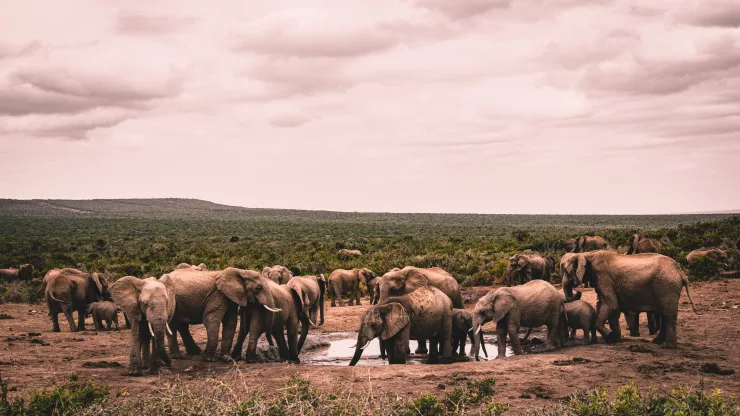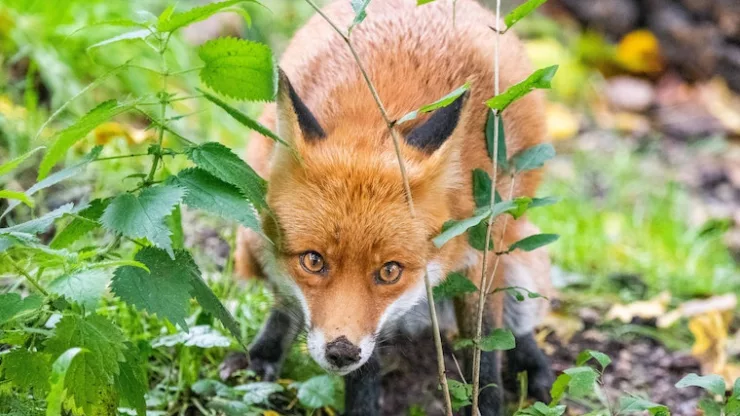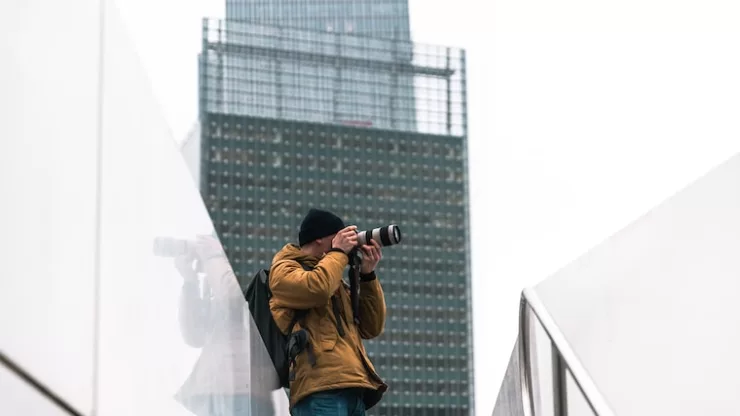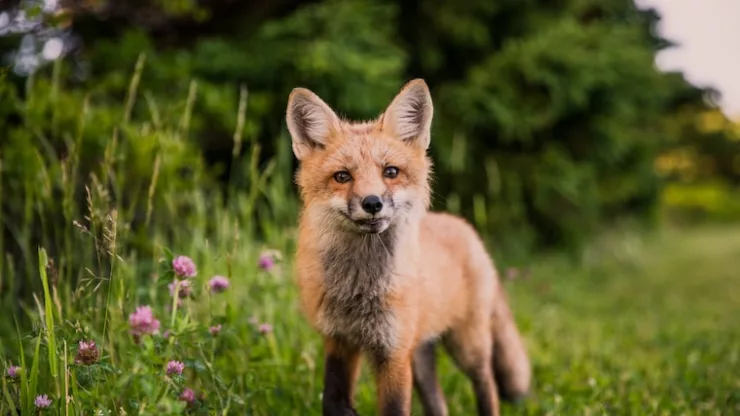In today’s world, cities are no longer just concrete jungles but also home to various wildlife species.
Urban wildlife photography is a unique way to capture the beauty of nature amidst the hustle and bustle of city life.
In this article, we will explore the importance of urban wildlife photography, tips and tricks for capturing stunning photos, the ethics of wildlife photography, showcasing your work, and more.
Jump to Section
Introduction
Urban wildlife photography is the art of capturing images of animals and plants in their natural habitat within urban areas.
It is a fascinating way of showcasing the interaction between wildlife and the city environment.
The popularity of urban wildlife photography has grown over the years, with photographers keen to explore the beauty of nature in the city.
The Importance of Urban Wildlife Photography
Exploring the Beauty of Nature in the City
Urban wildlife photography enables us to appreciate the beauty of nature and the wildlife that exists in our cities.
It provides us with a unique perspective of the world around us and helps us to understand and appreciate the diversity of life that exists in urban areas.
How Urban Wildlife Photography Benefits Conservation Efforts
Urban wildlife photography can play a significant role in conservation efforts.
Photographs can capture the beauty of wildlife in their natural habitat and help to raise awareness about the importance of protecting and preserving wildlife and their habitat.
They can also serve as a valuable tool for documenting changes in wildlife populations and their distribution over time.
Tips and Tricks for Capturing Stunning Urban Wildlife Photos
Choosing the Right Equipment for Urban Wildlife Photography
To capture stunning urban wildlife photos, you need the right equipment. Consider investing in a good camera with a fast shutter speed, a telephoto lens, and a tripod.
These tools will help you to capture crisp, clear, and detailed images of wildlife in motion.
Finding the Best Locations for Urban Wildlife Photography
Finding the best locations for urban wildlife photography requires research and exploration.
Start by identifying the types of wildlife that exist in your city and where they are likely to be found.
Look for parks, nature reserves, and green spaces that provide habitat and food sources for wildlife.
Techniques for Photographing Urban Wildlife in Motion
Photographing wildlife in motion can be challenging but rewarding.
Use the right camera settings, such as a high shutter speed, to capture sharp and detailed images of moving wildlife.
Consider using burst mode to capture multiple shots of wildlife in motion.
The Ethics of Urban Wildlife Photography
Respecting Wildlife and Their Habitat
Respect wildlife and their habitat by keeping a safe distance and avoiding disturbance and disruption.
Do not approach or feed wildlife, and do not disturb their nests, burrows, or habitats.
Always follow local laws and regulations regarding wildlife photography.
Avoiding Disturbance and Disruption to Wildlife
Avoid disturbing wildlife while photographing them. Move slowly and quietly to avoid startling them.
Do not use flash photography as it can harm and disorient wildlife. Avoid photographing wildlife during mating, nesting, or feeding periods.
Promoting Conservation and Preservation through Urban Wildlife Photography
Use your photographs to promote conservation and preservation efforts.
Share your work on social media, participate in urban wildlife photography contests, and host your own exhibitions to raise awareness about the importance of protecting and preserving wildlife and their habitat.
Showcasing Your Urban Wildlife Photography
Sharing Your Photos on Social Media
Share your urban wildlife photography on social media platforms such as Instagram, Facebook, and Twitter. Use relevant hashtags to reach a wider audience and showcase your work.
Engage with other wildlife photographers and enthusiasts to get feedback and support.
Participating in Urban Wildlife Photography Contests
Participate in urban wildlife photography contests to showcase your work and compete with other photographers.
These contests provide an opportunity for recognition and exposure and can help to boost your profile as a wildlife photographer.
Hosting Your Own Urban Wildlife Photography Exhibition
Hosting your own urban wildlife photography exhibition is a great way to showcase your work and raise awareness about the importance of protecting and preserving wildlife and their habitat.
Consider partnering with local organizations and businesses to promote your exhibition and reach a wider audience.
Conclusion: The Beauty and Importance of Urban Wildlife Photography in Today’s World
Urban wildlife photography is a unique way to capture the beauty of nature in the city and raise awareness about the importance of protecting and preserving wildlife and their habitat.
By respecting wildlife and their habitat, choosing the right equipment, and using your photographs to promote conservation efforts, you can make a positive impact in the world of urban wildlife photography.
FAQ
What is urban wildlife photography?
Urban wildlife photography is the art of capturing images of animals and plants in their natural habitat within urban areas.
What equipment do I need for urban wildlife photography?
To capture stunning urban wildlife photos, you need a good camera with a fast shutter speed, a telephoto lens, and a tripod.
How can I find the best locations for urban wildlife photography?
Start by identifying the types of wildlife that exist in your city and where they are likely to be found.
Look for parks, nature reserves, and green spaces that provide habitat and food sources for wildlife.
How can I promote conservation and preservation through urban wildlife photography?
Use your photographs to promote conservation and preservation efforts.
Share your work on social media, participate in urban wildlife photography contests, and host your own exhibitions to raise awareness about the importance of protecting and preserving wildlife and their habitat.
I’m a nature enthusiast and creator of Metro Wilds and have spent years exploring the great outdoors.
With a passion for environmental conservation and sustainability, I have dedicated my career to writing about the beauty and wonders of nature, as well as the threats facing our planet.
Contact me at [email protected] for assistance.





